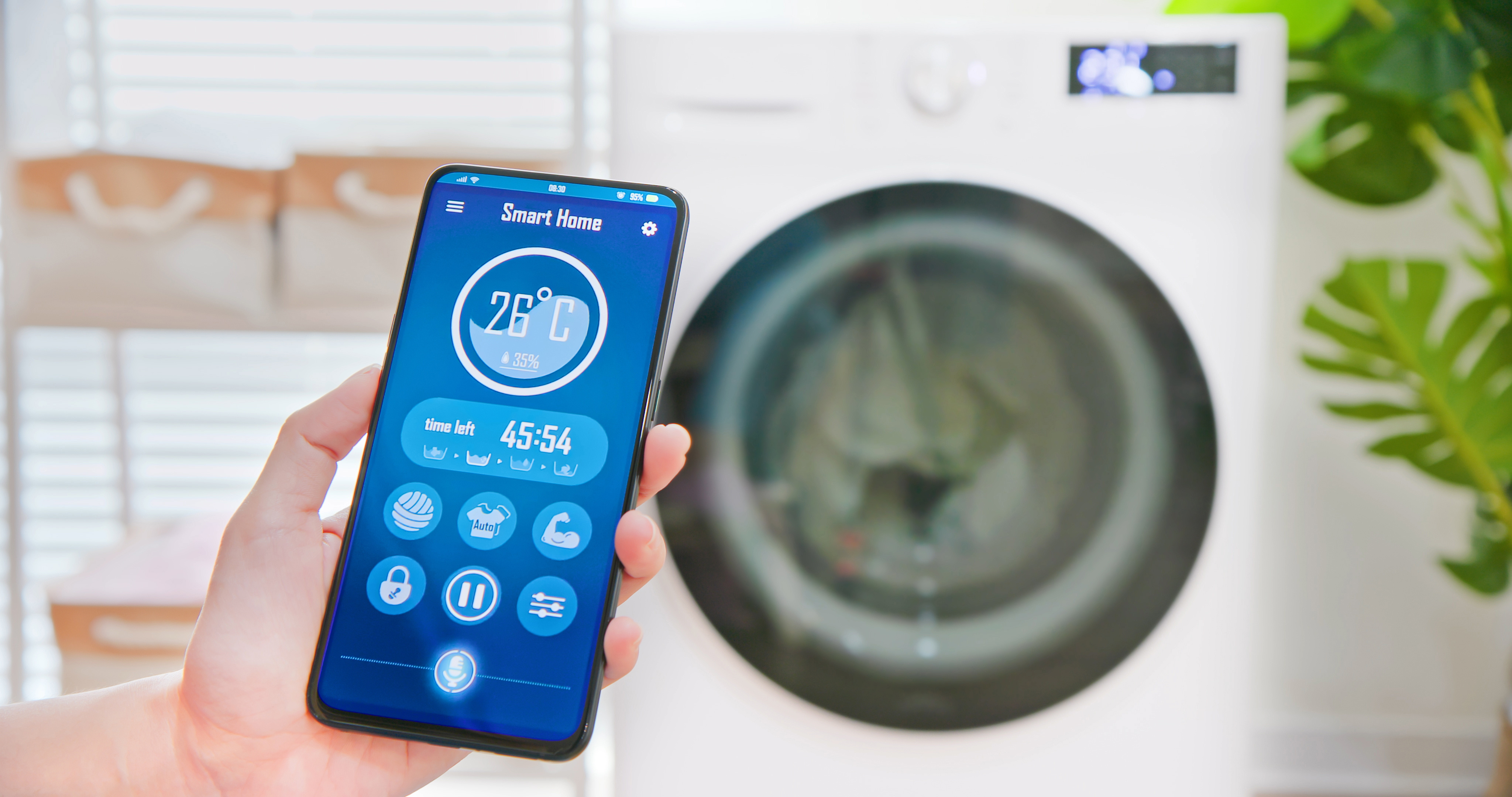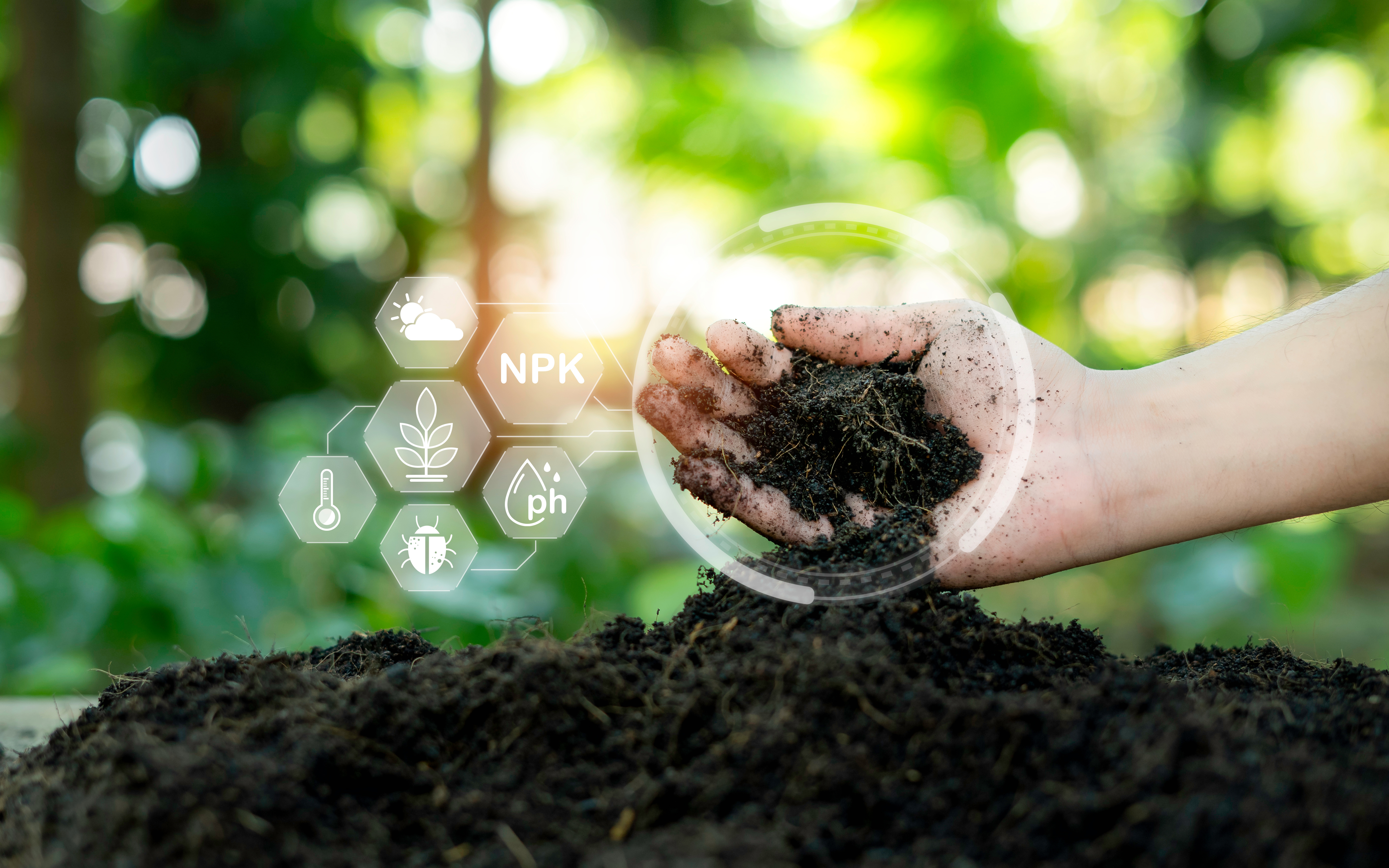Intelligent Assistance
Intelligent Tutoring Systems (ITS) are an important application area in the field of education, and the combination of Nuvoton MCUs and Tiny Machine Learning (TinyML) technology can enhance their performance and functionalities.
1. Personalized Feedback and Guidance: Nuvoton MCUs and TinyML technology can be utilized to develop intelligent tutoring systems that provide personalized feedback and guidance to each student based on their learning style and progress. The MCU can be used to monitor the student's learning behavior, such as learning pace and comprehension level, while TinyML can analyze this data to adjust the教材 and recommendations.
2. Math and Science Educational Tools: Nuvoton MCUs and TinyML technology can be applied to develop math and science educational tools. These tools can assist students in better understanding abstract mathematical and scientific concepts. For instance, the MCU can control math educational equipment, and TinyML can analyze the student's responses, provide real-time feedback, and adjust the difficulty level to accommodate students of different levels.
3. Enhancing e-Learning Platforms: Intelligent tutoring systems can be integrated into e-learning platforms to teach various subjects, including languages, science, engineering, mathematics, and more. MCUs and TinyML can make these educational tools more interactive and personalized, offering a more effective learning experience.
4. Assessment and Understanding: Nuvoton MCUs and TinyML technology can also be used to assess student's learning progress and comprehension levels. By analyzing the students' responses and learning behavior, their learning status can be automatically evaluated, and feedback and suggestions can be provided to help the students improve.
| Applicable development board | |
|---|---|
|
NuMaker-HMI-MA35D1-S1 |
1. Biometric Recognition Example: Student Emotion Analysis Using facial recognition technology to capture students' expressions, MA35D1 processes image data, analyzes students' emotional responses, and assists teachers in adjusting teaching methods.
2. Object Classification Example: Intelligent Library Management The camera captures books in a library or classroom, and the MA35D1 classifies these books, helping students and teachers quickly find the resources they need.
3. Real-time Recognition Example: Interactive Video Teaching The camera captures students' reactions during remote teaching, and the MA35D1 analyzes students' engagement and attention in real-time, assisting teachers in making teaching adjustments. |
|
NuMaker-HMI-M467 NuMaker-IoT-M467 |
1. Vibration Detection Example: Learning Equipment Condition Monitoring Vibration sensors are used to monitor the operating status of laboratory equipment, and the Cortex-M4 analyzes the data to identify whether the equipment is operating normally.
2. Sensor Fusion Example: Smart Environment Monitoring Combining air quality, temperature, and humidity sensors, the Cortex-M4 analyzes the data to ensure that the teaching environment is suitable and provides a healthy learning space.
3. Anomaly Detection Example: Classroom Equipment Maintenance Sensors are used to monitor electronic equipment in the classroom, and the Cortex-M4 processes the data to detect equipment failures and notify maintenance personnel in a timely manner.
4. Gesture Sensing Example: Interactive Whiteboard Control The camera is used to capture the teacher's gestures, and the Cortex-M4 processes this data to control the content on the interactive whiteboard, such as turning pages or launching specific applications. |
|
NuMaker-M55M1 |
1. Vibration Detection In intelligent tutoring systems, vibration detection can be used to monitor learners' physical activity and stress levels. For example, the system can analyze learners' vibration patterns during learning to determine if they are feeling anxious or restless and provide timely interventions or relaxation guidance.
By integrating multiple sensor data (such as temperature, heart rate, ambient light, etc.) using the M55M1 development board, a comprehensive learning environment analysis can be created. This helps to adjust the learning environment to meet learners' individual needs, thus improving learning outcomes.
In intelligent tutoring, keyword detection can be used to identify learners' specific queries and needs. When learners ask specific questions, the system is able to identify and provide relevant information or resources in real time.
Anomaly detection is very important in intelligent tutoring, as it can identify learners' atypical behaviors, such as signs of distraction or learning disabilities. The system can provide personalized tutoring and support based on these identified results.
Object detection technology can be used to identify and track teaching aids or resources used by learners. This helps to analyze learners' learning habits and provide more targeted tutoring advice.
6. Gesture Sensing Gesture-sensing technology allows learners to interact with intelligent tutoring systems through natural gestures. This enhances the intuitiveness of the interaction, making the learning process more engaging and efficient.
7. Biometric Recognition Biometric recognition technologies, such as facial recognition, can be used to personalize intelligent tutoring environments, providing a customized learning experience for each learner.
8. Speech Recognition Speech recognition technology allows learners to interact with the system through voice, providing an accessible and efficient way of learning, especially when asking questions or navigating learning resources.
9. Object Classification Object classification functionality helps intelligent tutoring systems identify and categorize different learning materials and resources. This automated classification helps in providing relevant instructional content and tutoring materials promptly.
Real-time recognition technology can identify changes in the learning process, such as learners' responses and progress, in real time, and provide personalized guidance and feedback immediately. |





